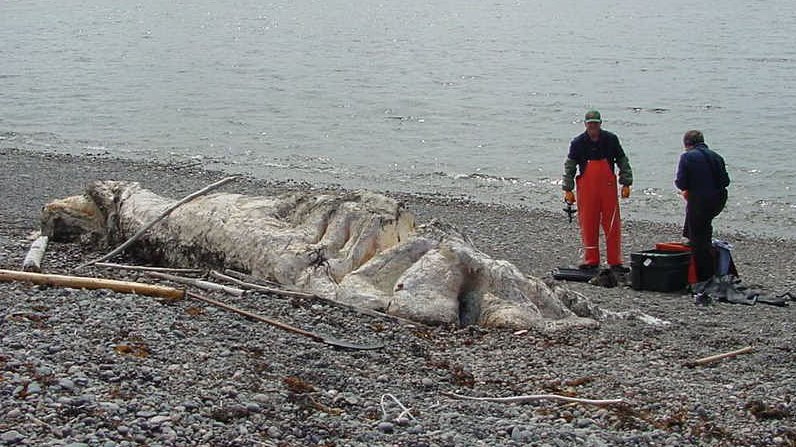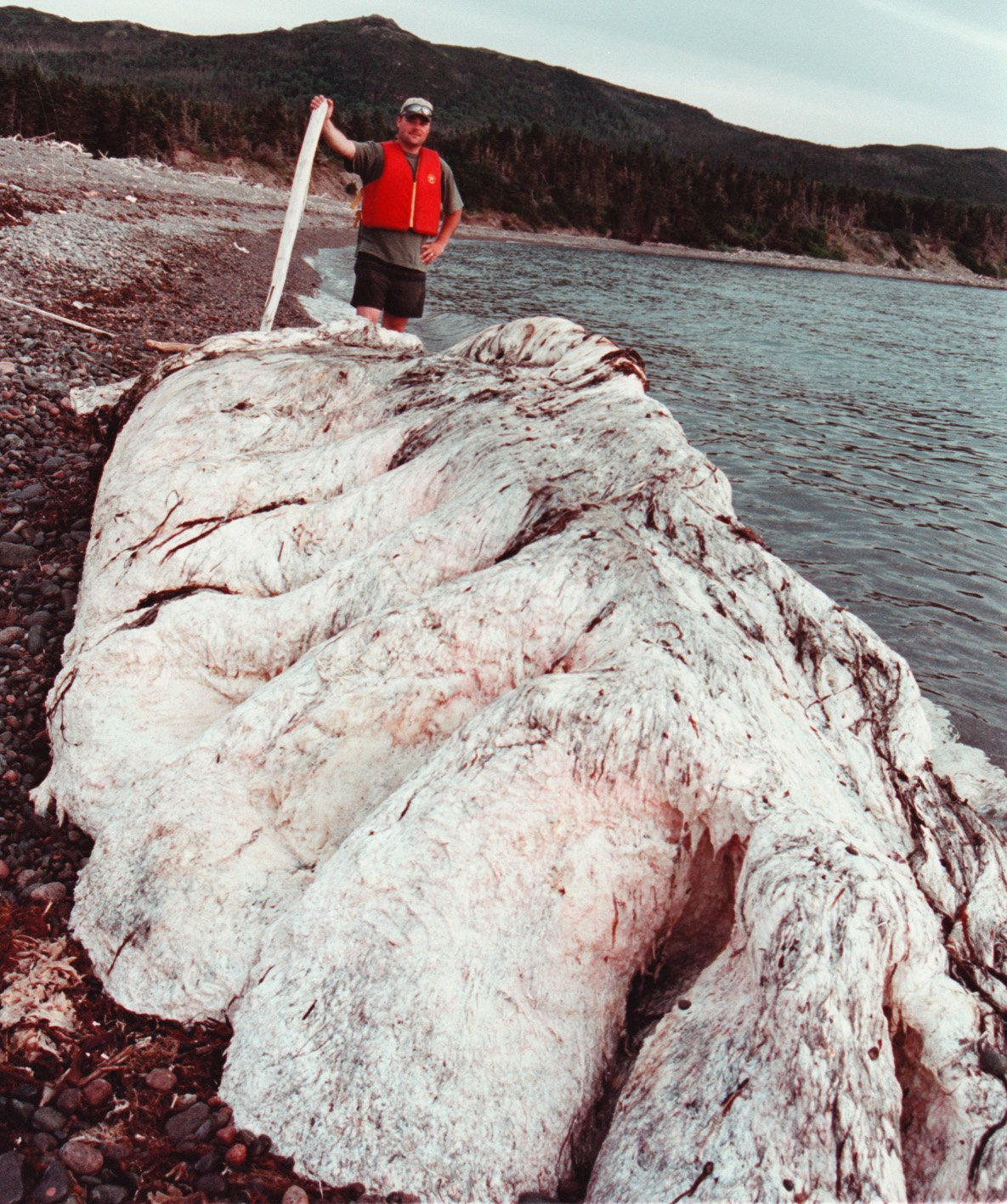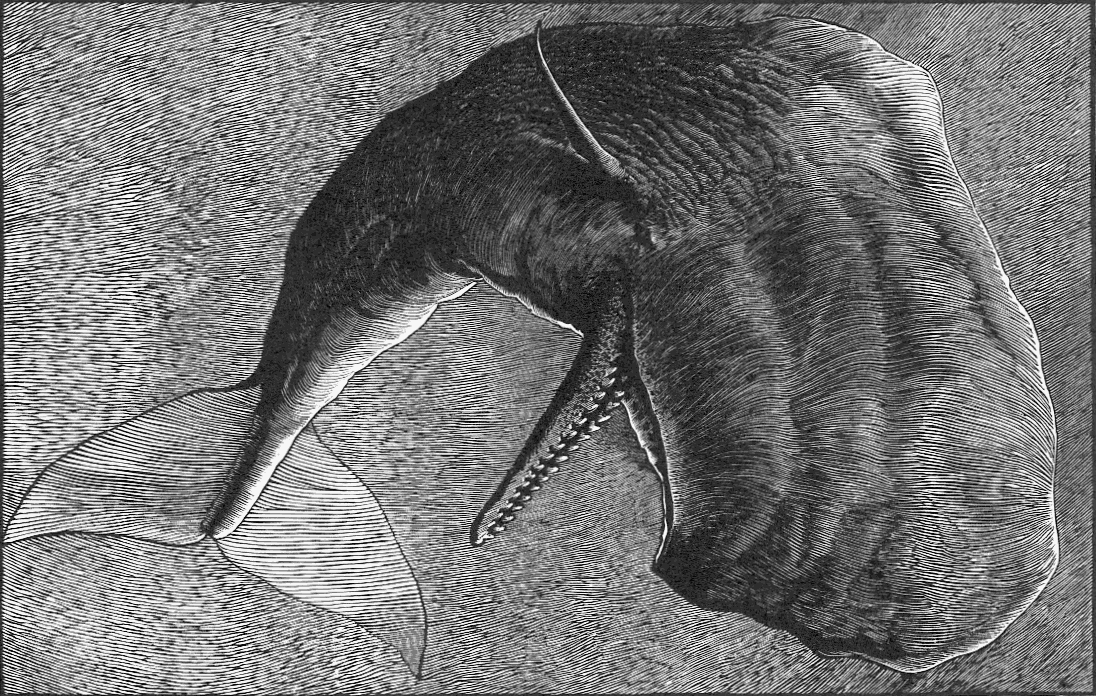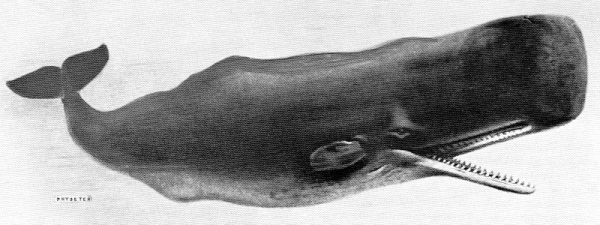

"How to tell a Sea Monster:"
The Fortune Bay "Blobster"


"How to tell a Sea Monster:"
The Fortune Bay "Blobster"
St. John's, Newfoundland, 16 August 2001 - DNA testing has identified the “sea monster” that washed ashore at St. Bernard’s, Fortune Bay, Newfoundland, as the remnant of a sperm whale.
With material provided by the Department of Fisheries and Oceans in St John’s, scientists at the Genetics, Evolution, and Molecular Systematics Laboratory in the Department of Biology at Memorial University of Newfoundland performed a forensic DNA test to determine the "Blobster"'s origin. The analysis compared the DNA sequence of the creature’s NADH2 gene with a database of DNA sequences of large marine species, including sharks and whales. Comparison with this database gave an almost perfect match with a sperm whale (Physeter catodon). The few observed differences are consistent with ordinary genetic variation expected between one whale and another [Carr et al. 2002. The Biological Bulletin 202: 1-5].
The test involves a “DNA xeroxing” procedure called the polymerase chain reaction, which generates a large number of copies from a single original gene. The sequence of the gene can then be determined on an automated DNA sequencer, and compared with a database of reference sequences (National Center for Biotechnology Information, NCBI) by means of a BLAST search. This type of DNA test is particularly useful in cases like the "sea monster", which involve material in a poor state of preservation, few if any external features, or of unknown origin. The identification was done as part of an ongoing collaboration between DFO and Memorial scientists to study the genetics and genomics of marine organisms.

